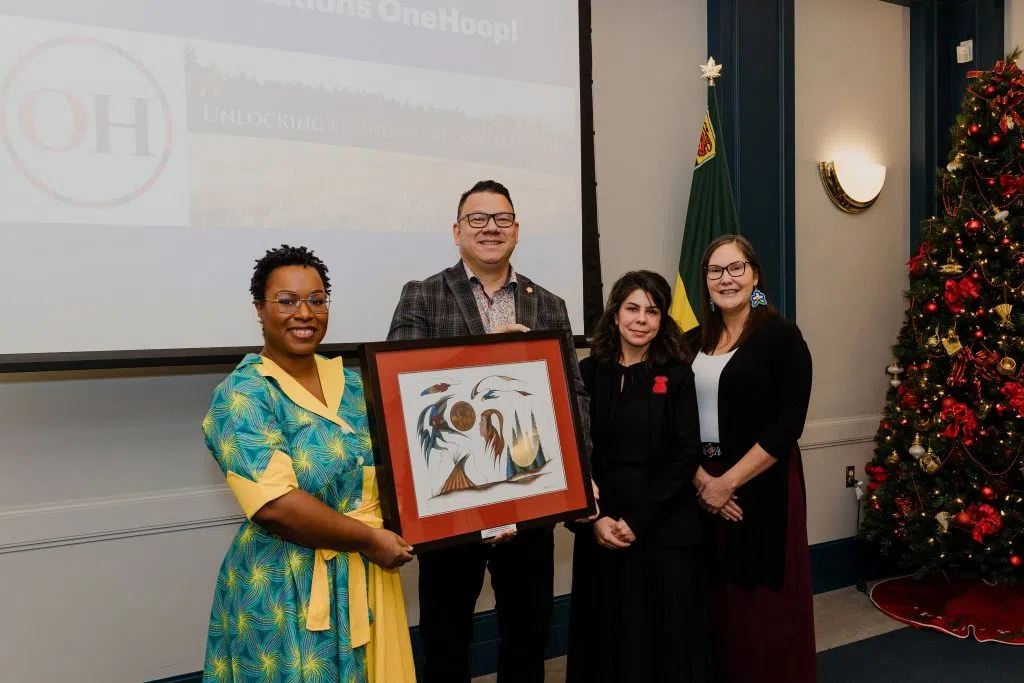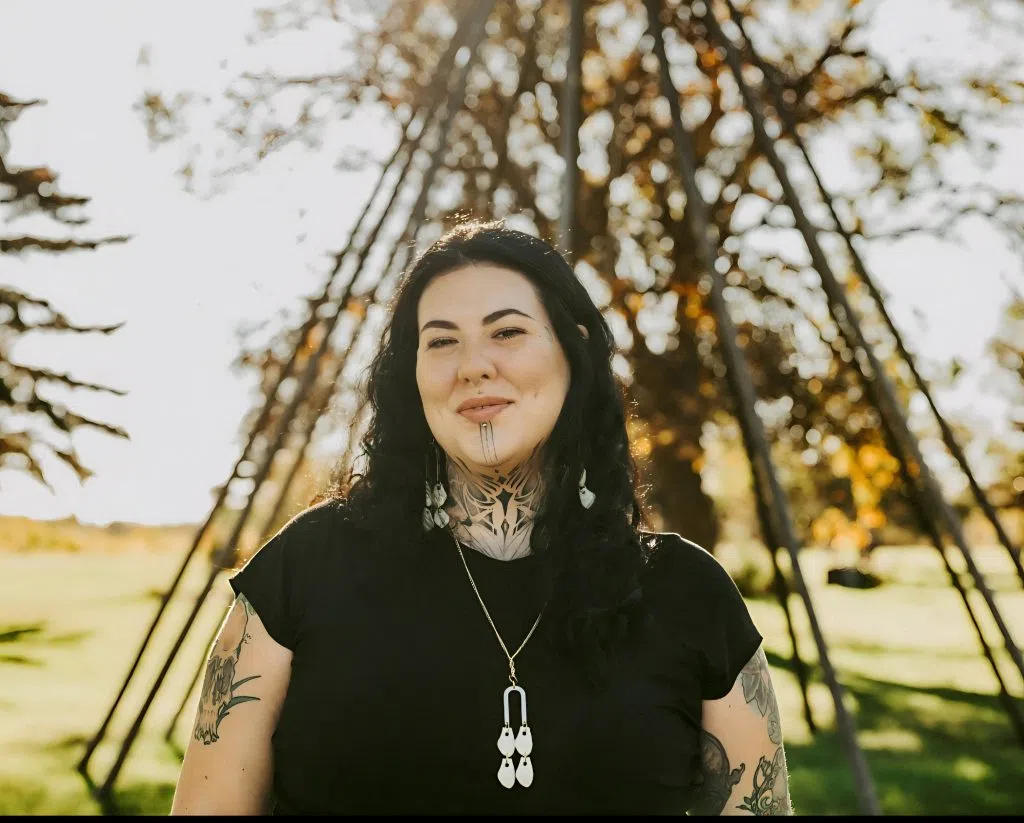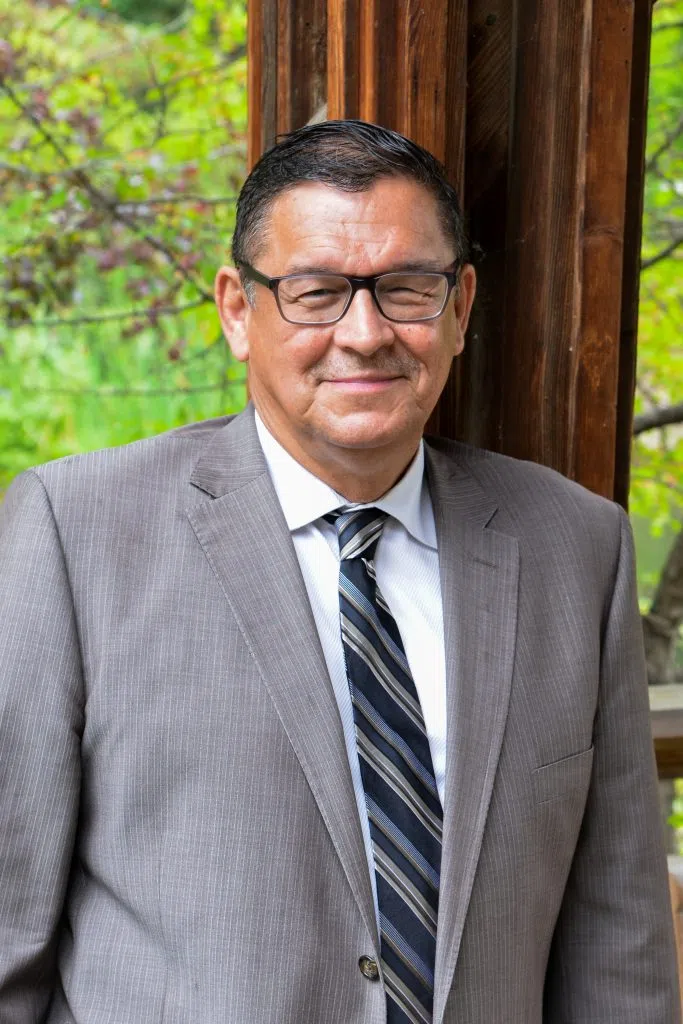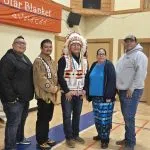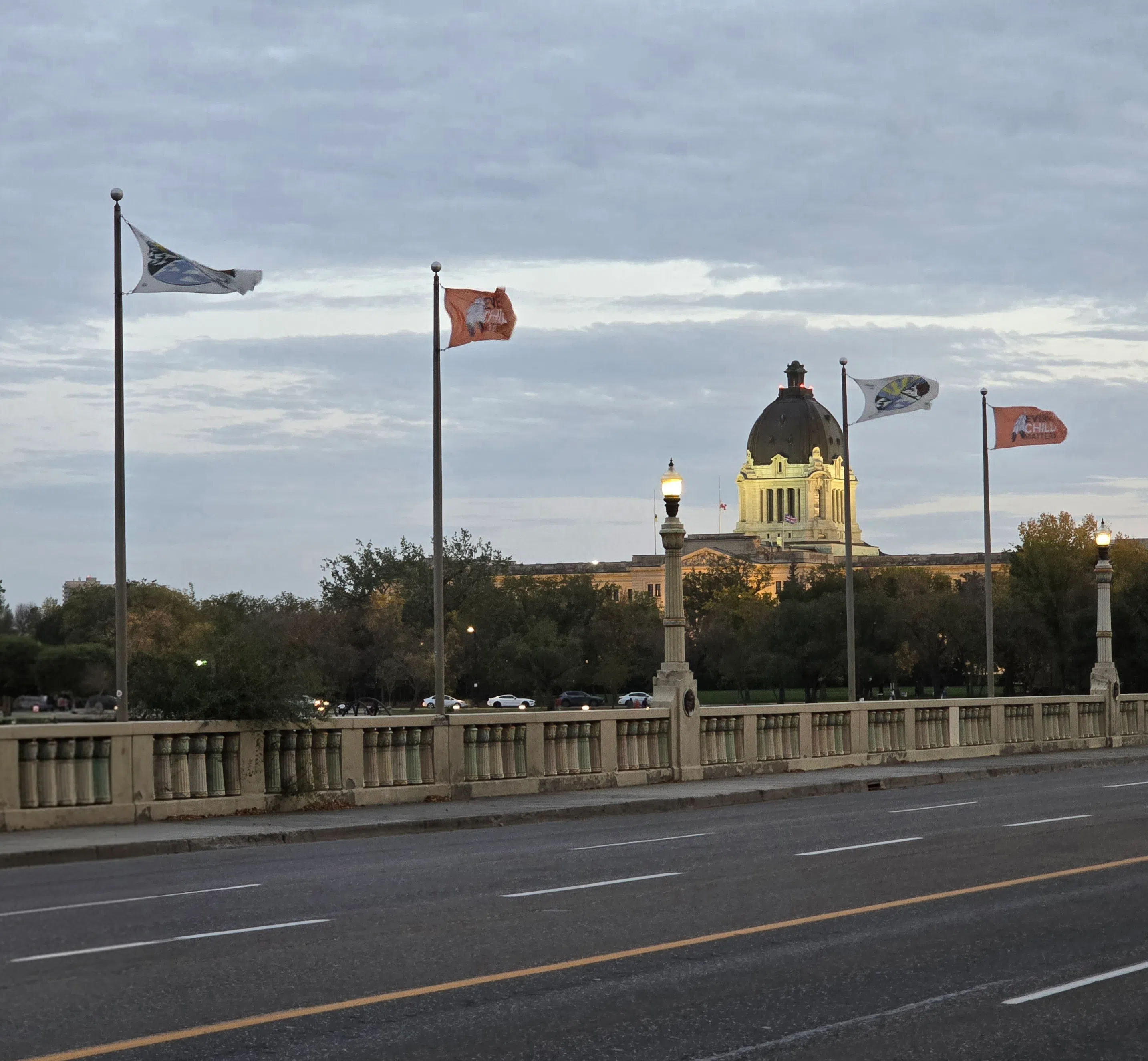
10 Years of Reconciliation work: Where are we at?
In 2015, a relatively new organization released an executive summary demanding the country start down a new path.
The Truth and Reconciliation Commission of Canada (TRC), released the 94 Calls to Action, ‘to redress the legacy of residential schools and advance the process of Canadian reconciliation.’
Response by government, academic institutions, and industries was overwhelmingly receptive, with many committing to policy changes, education, and implementation of the Calls to Action.
Reconciliation initiatives, mandates, internal departments, and conversations multiplied.
In 2021, Canada established a National Day for Truth and Reconciliation on September 30th it is also known as Orange Shirt Day.
In Saskatchewan, municipalities launched their own Reconciliation organizations, including Regina and Saskatoon, but there are signs momentum has slowed.
In Saskatoon, neither the City’s Indigenous Initiatives department or Reconciliation Saskatoon responded to requests for an interview, while in Regina, Reconciliation Regina has a board directors, they have no current organizational leadership and their site has been inactive since March 2023.
But there is still hope.
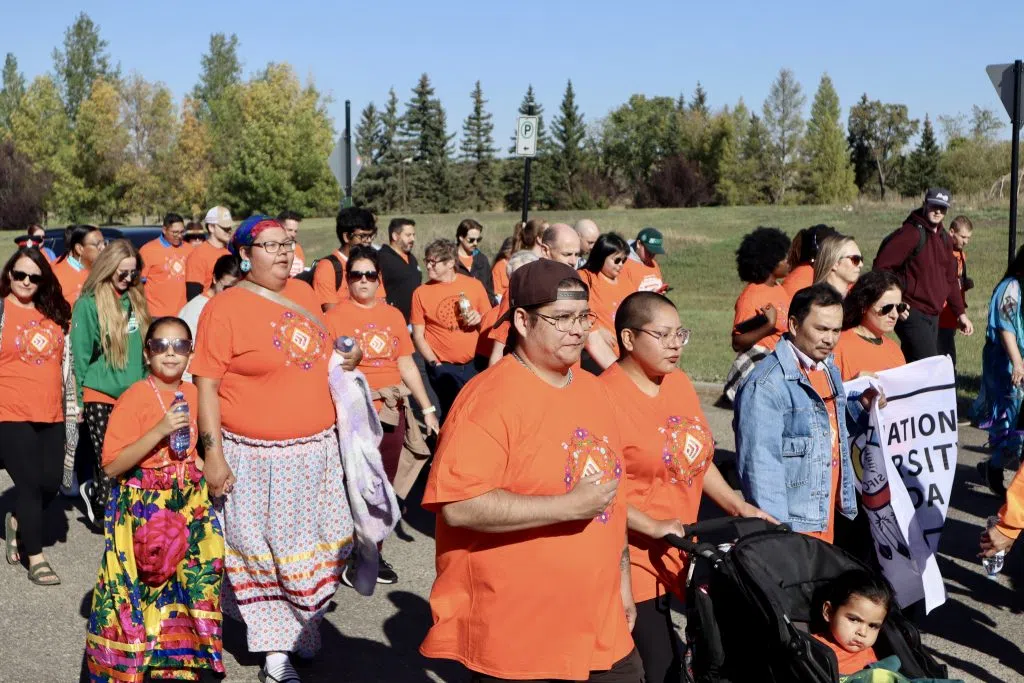
Indigenous Relations at the City of Regina continues to push for Reconciliation.
“I think because of the TRC Calls to Action, and because we’ve started making space for Reconciliation in the city, I think Indigenous voices are growing stronger and making a case for more work to come forward,” said Chelsea Low, acting director of Indigenous Relations at the City of Regina.
She said the city has developed an Indigenous framework to help include the Indigenous worldview within all their policies and practices, as well as a procurement policy to make space for Indigenous businesses and entrepreneurs – both of which she said have been highly impactful developments.
She also points to other developments in advancing Reconciliation: the newly created Indigenous ceremony site by King’s Lake; the renaming of parks, spaces, and buildings to reflect different language groups within Treaty 4; and the recently announced Legacy of Treaty 4: A Tribute to MMIWG2S+, a commemorative art project to honour missing and murdered Indigenous women, girls, and two-spirit people.
“It’s going to acknowledge the harms of the past while making a space to provide healing going forward,” said Low. “I think that’s true Reconciliation – acknowledging our past and finding a way to move forward together.”
She admits there’s still room to do more.
While the Indigenous population in Saskatchewan is around 17 per cent, according to Statistics Canada 2021 Census, Low said the City of Regina’s Indigenous workforce is only about six-to-seven per cent.
“I’d love to see a representative workforce,” she said. “When we talk about Reconciliation, we talk about the seven generational thinking, where we’re making impacts that future generations can benefit from.”
